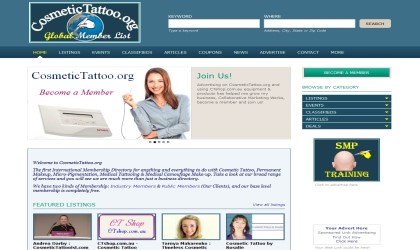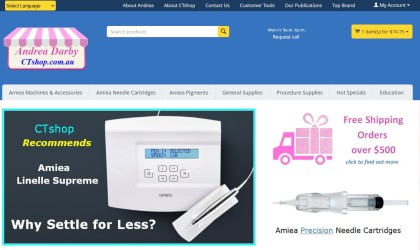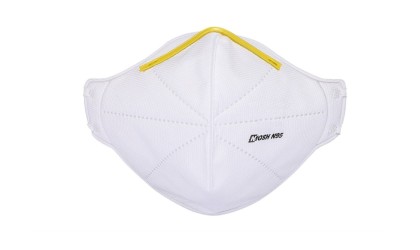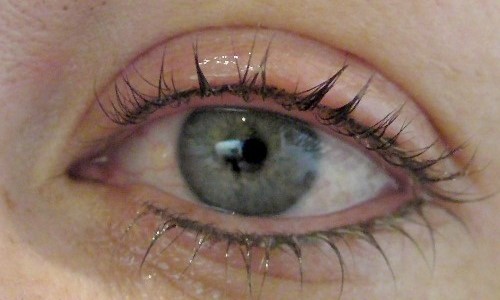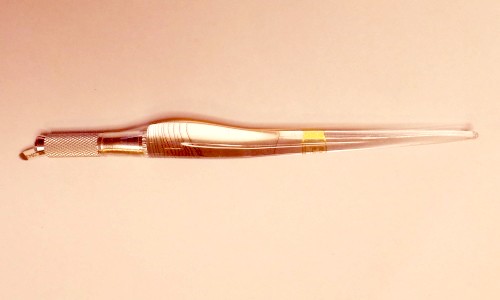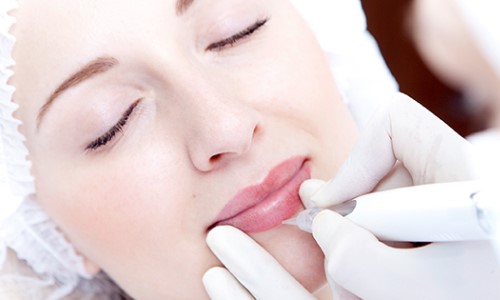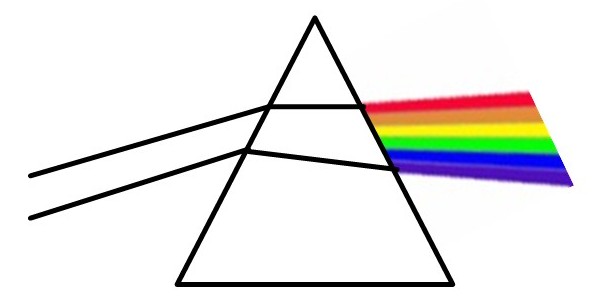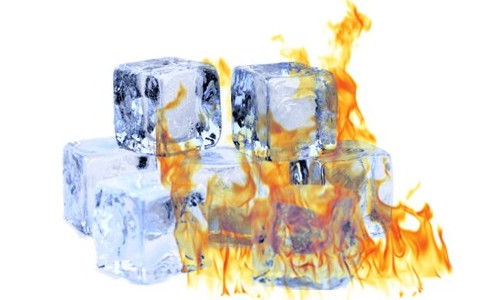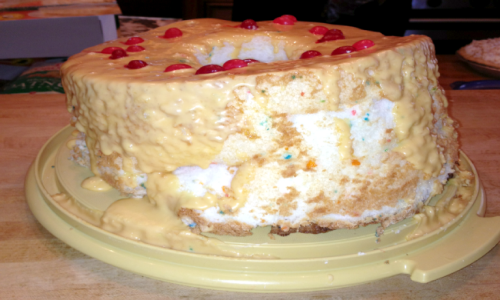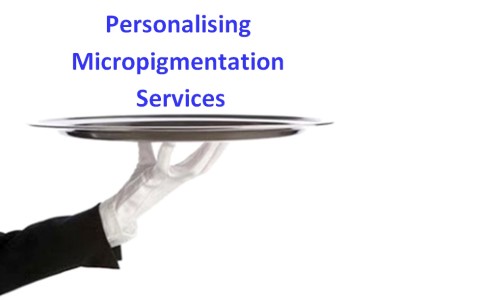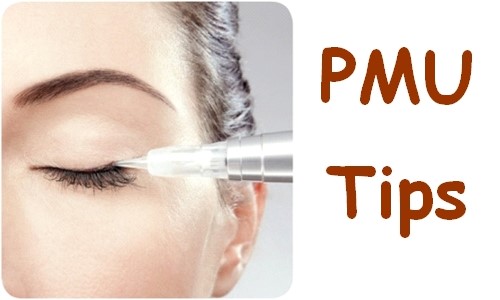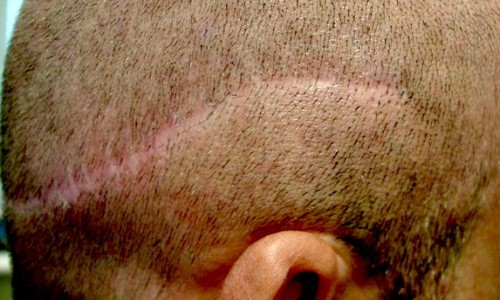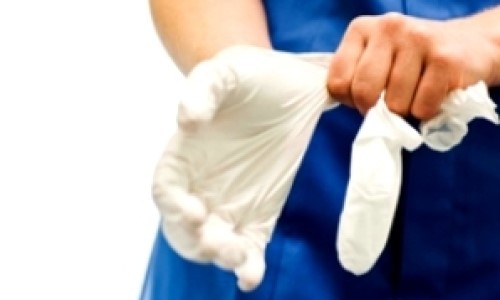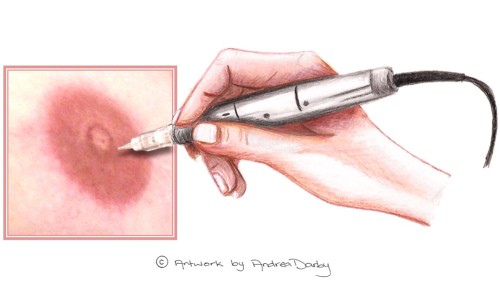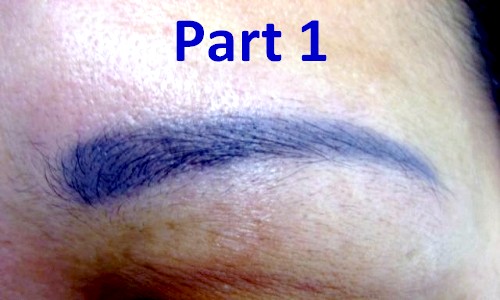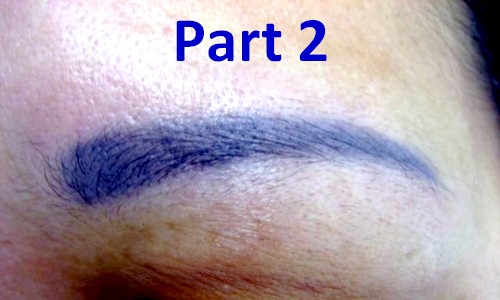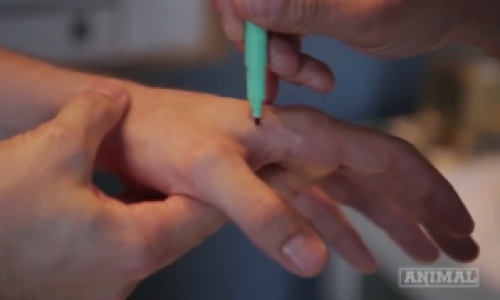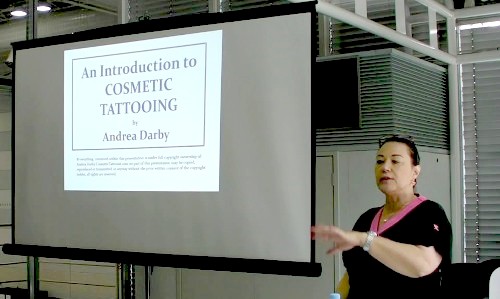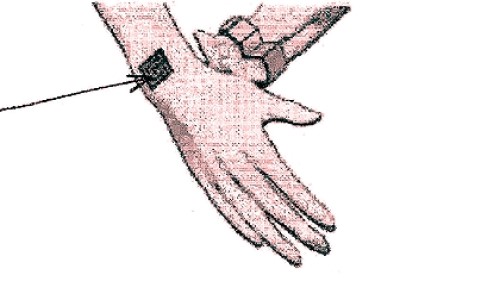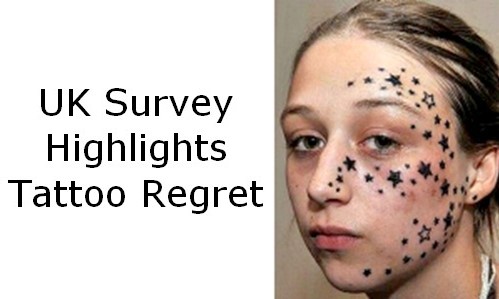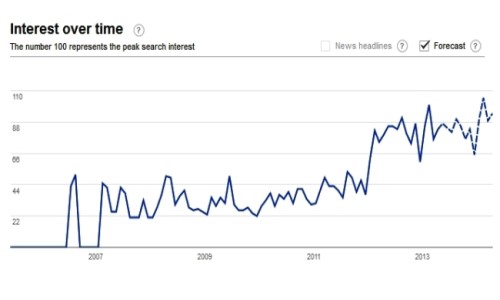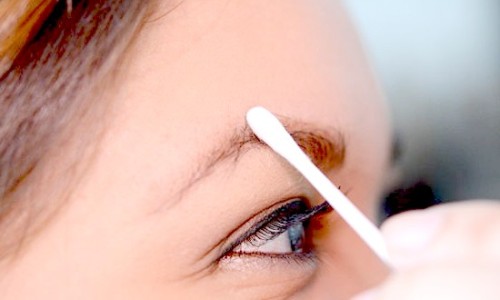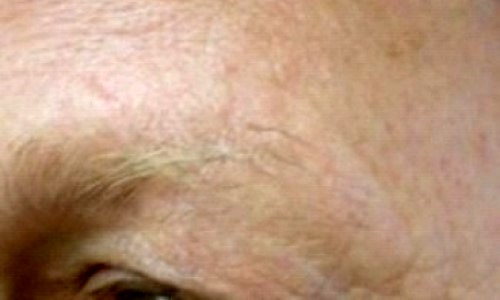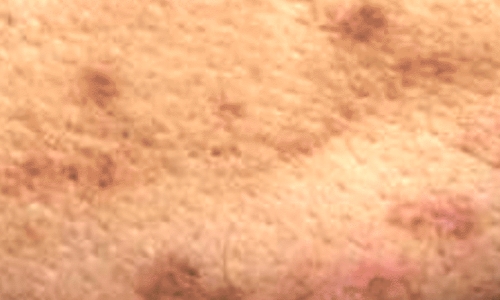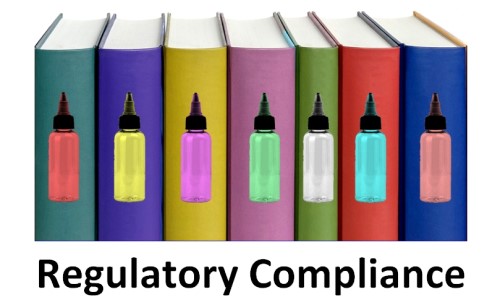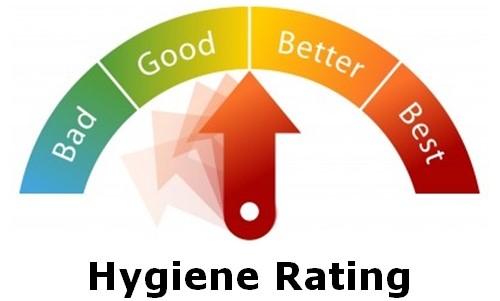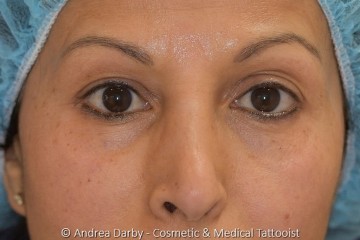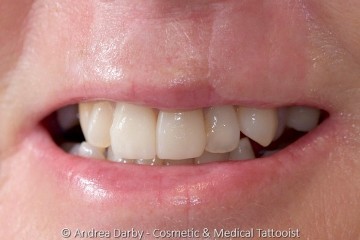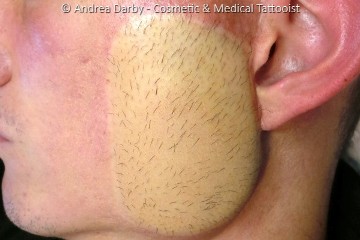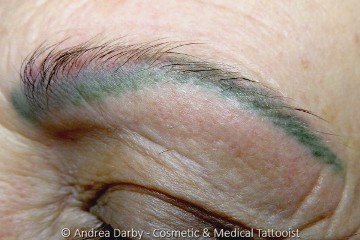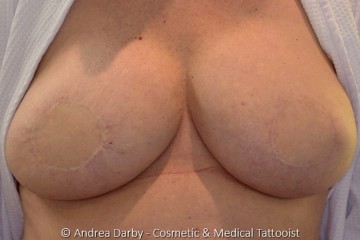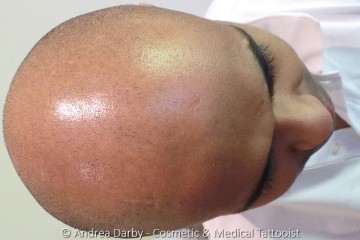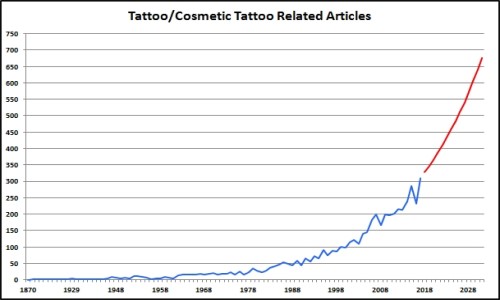Cart is empty
Hygiene Protocols Update : Surface Cleaning Wipes
03/06/2015
by Andrea Darby - Master Medical Tattooist & Industry Educator

Surface cleaning wipes always help to remove unwanted micro-organisms from the salon surfaces ... or do they?
▼ Continue Reading ▼|
Most practitioners would have seen our previous publication1 outlining some of the risks associated with
Salon Acquired Infections (SAI) often called Nosocomial or Hospital Acquired Infections by the healthcare community. Antibiotic resistant micro-organisms can cause health care staff and their patients serious problems once they become established in the health care facility and eradication can be particularly challenging. Similarly Cosmetic Tattoo technicians need to be aware of the risks of contamination in the salon facility and any patient who has had a skin infection in their household the previous 6 months has a greater risk of having reservoirs of antibiotic resistant micro-organisms in their homes2. Those who have completed our training program or attended any of our lectures would know that we have constantly advocated 'single wipe single surface' meaning that surface cleaning wipes should only ever be used on a single surface i.e. a wipe should not be used to clean one surface and then be used on subsequent surfaces. The reason for this recommendation is due to the risk of transference of micro-organisms from one surface to another on the cleaning wipe. A recent study conducted by researchers at the School of Pharmacy and Pharmaceutical Sciences, Cardiff University, Cardiff, United Kingdom3 has highlighted just how important this recommendation is. We recommend that all technicians revisit their salon cleaning procedures and ensure that they are complying with our long standing recommendation of 'single wipe single surface' cleaning policy and that cosmetic tattoo trainers review their training programs to ensure that they are in compliance with all contemporary infection prevention practices. References
Date of most recent revision:
03/06/2015 (mutatis mutandis) Copyright © 2015 CTshop.com.au & the article author All Rights Reserved. No copying, transmission or reproduction of site content is permitted without our prior written consent.
Printing Restriction: This article is print disabled, please read our Intellectual Property & Copyright Policies if you would like to request a copy or permission to use the article content for any purpose. |
Main Menu
- Eyeliner Tattooing vs Dry Eye
- MicroBlading - First Things First
- Cosmetic Tattoo Training Standards
- Carcinomas in Tattoos a Statistical Anomaly
- Lash or Brow Growth Enhancing Serums & Tattooing
- What Influences the Colour of a Cosmetic Tattoo?
- Hygiene Protocols Update : Surface Cleaning Wipes
- Preventing & Managing Disputes
- Warm vs Cool Colours
- Age of The Alpha Metrosexual
- Who Will Buy a Poorly Iced Cake?
- Australia now has a Board Certified MicroPigmentation Instructor
- Robot Tattooists?
- Postcards From Birmingham
- The SCAPP Scale - Personalising the Micropigmentation Service
- How to Choose Your PMU Artist
- Scalp MicroPigmentation - More Than Just Ugly Scars?
- Permanent Eyeliner - Avoiding Complications
- Personal Protective Equipment - Are You Covered?
- 3D Nipple Tattooing a New Service?
- Why Do Cosmetic Tattoos Change Colour? - (Part 1)
- Why Do Cosmetic Tattoos Change Colour? - (Part 2)
- Smart Tattoos Are They The Future?
- Presentation: Adding Cosmetic Tattoo to Your Salon
- Cell Phone Vibrating Tattoos
- UK Survey - One Third Regret Their Body Art Tattoo
- Collaborating & Consulting with Dr. Linda Dixon
- Stem Cell Research - Inside the Lab
- When Marketing Via News Media Goes Wrong
- Client Pre-Treatment Screening Questionnaire
- Permanent Makeup Google Search Trends
- Potential Causes of Nosocomial Type Infections in the Salon-Clinic Setting
- Topical Anaesthetics & Cosmetic Procedures
- Introduction to the Fundamentals of Colour Perception
- Clients With Unexplained Loss of Outer Eyebrow Hair
- Hyperpigmentary Skin Conditions & Cosmetic Tattooing
- Cosmetic Tattooing & MRI’s - Diametric Particle Agitation Hypothesis (DPA)
Site News Selection
Educational Article Selection
Regulatory Article Selection
Client Case Studies Selection
Science Library Selection
Complete regrowth of hair following scalp tattooing in a patient with alopecia universalis
31/01/2023
Atypical Intraepidermal Melanocytic Proliferation Masked by a Tattoo: Implications for Tattoo Artist
20/09/2018
Chemical conjunctivitis and diffuse lamellar keratitis after removal of eyelash extensions
26/08/2018
Scarless Breast Reconstruction: Indications and Techniques for Optimizing Aesthetic Outcomes
07/04/2018
High speed ink aggregates are ejected from tattoos during Q‐switched Nd:YAG laser treatments
28/03/2018
Unveiling skin macrophage dynamics explains both tattoo persistence and strenuous removal
08/03/2018
Granulomatous Tattoo reaction with Associated Uveitis successfully treated with methotrexate
08/02/2018
Identification of organic pigments in tattoo inks & permanent make-up using laser mass spectrometry
07/02/2018
Microbiological survey of commercial tattoo and permanent makeup inks available in the United States
03/02/2018


